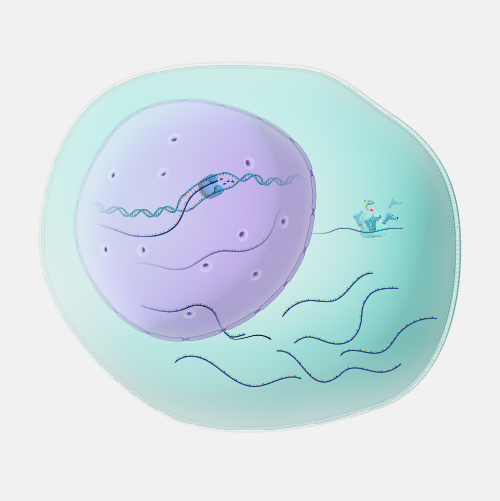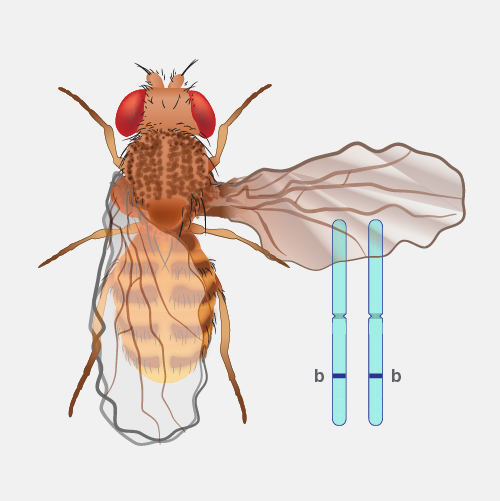
Gene Environment Interaction
Definition
Gene–environment interaction refers to the interplay of genes (and, more broadly, genome function) and the physical and social environment. These interactions influence the expression of phenotypes. For example, most human traits and diseases are influenced by how one or more genes interact in complex ways with environmental factors, such as chemicals in the air or water, nutrition, ultraviolet radiation from the sun and social context.
Narration
Gene–environment interaction. Gene–environment interactions are the situation where the impact of an environmental exposure on disease risk is different for people with different genotypes, or conversely, situations where the impact of a genotype on disease risk is different in people with different environmental exposures. Studies of gene–environment interactions can provide insights into biological mechanisms of disease and could have public health implications. One example of a gene–environment interaction involves the NAT2 gene, smoking as the environmental factor, and bladder cancer. Tobacco smoking is a known risk factor for bladder cancer. According to the American Cancer Society, smokers are at least three times as likely to get bladder cancer as non-smokers. Smokers with one variant in NAT2 have a much higher risk of bladder cancer compared to smokers with a different variant. In other words,it's the combination, or interaction, of the genetic factor — NAT2 variation — and the environmental factor — smoking behavior — that determines the disease, bladder cancer risk.





